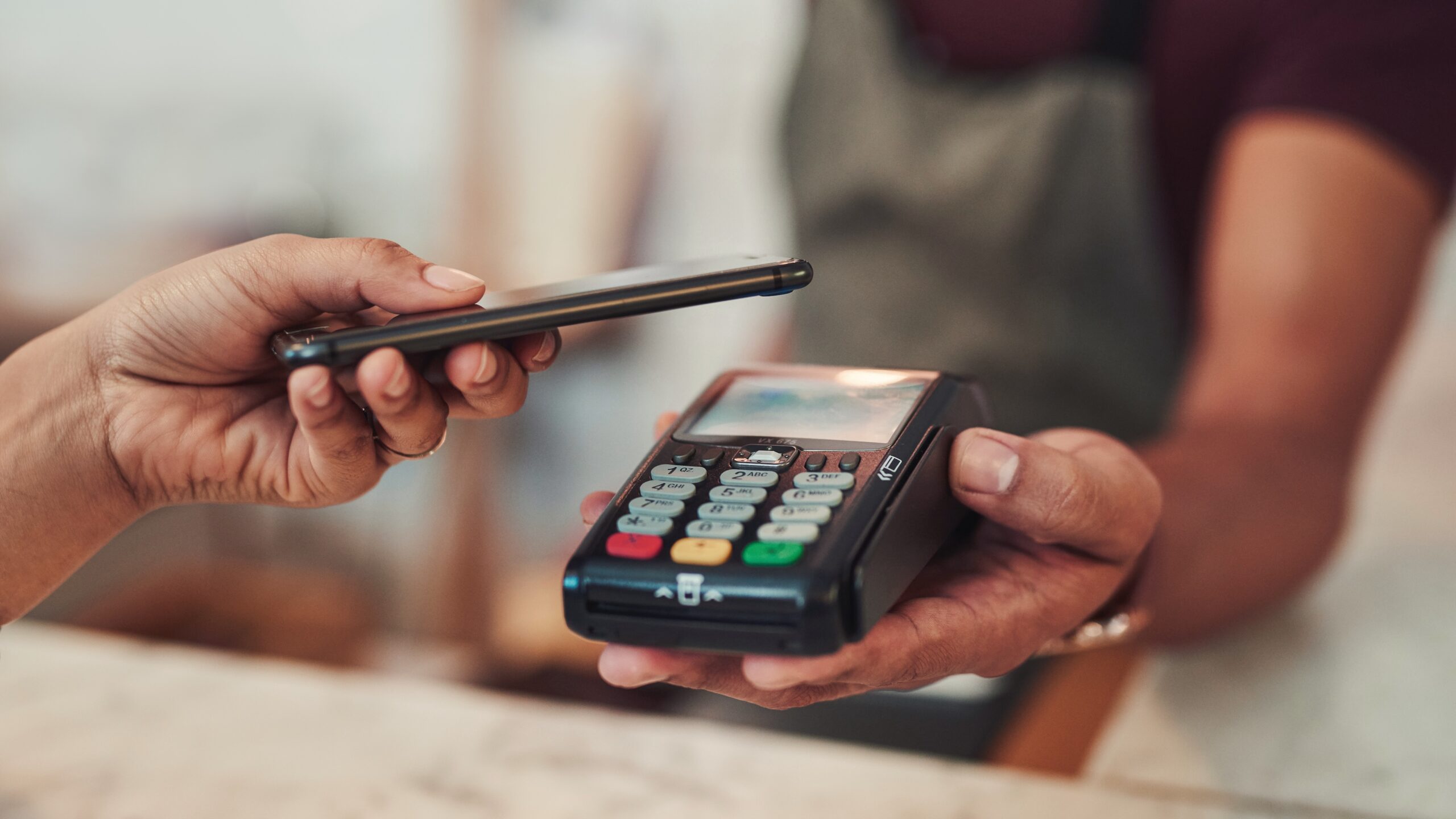
AFRICA scored significant progress in digital finance, according to the 2021 Global Findex Report released by the World Bank. The report indicated that financial inclusion on the continent had increased in recent years propped up by an accelerated adoption of mobile money across Africa.
The Global Findex Report is published every three years and surveyed how people in 123 economies use financial services and FinTech.
Remarkably, account ownership around the world increased significantly in the 10 years spanning 2011 to 2021, from 51% of adults to 76% of adults.
For sub-Saharan Africa in 2021, 55% of adults had a bank account, including 33% of adults who had a mobile money account — the largest share of any region in the world and more than three times larger than the 10% global average of mobile money account ownership.
In attempts at closing the financial inclusion gap on the continent, African start-ups secured US$5 billion in funding with 62% (approximately US$2,9 billion) of the aggregate figure going toward fintech, doubling the 31% recorded in 2020.
Remarkably, two-thirds of all US$50 million+ funding deals in 2021 were in fintech. With a great need to close the financial inclusion gap on the continent, fintech could retain the top spot for investment in Africa for the next half a decade.
“In 2021, about three in four mobile account owners in sub-Saharan Africa used their mobile money account to make or receive at least one payment that was not person-to-person,” the reports points out.
“Mobile money accounts have also become an important method to save in sub-Saharan Africa, where 15% of adults — and 39% of mobile money account holders — used one to save — the same share that used a formal account at a bank or other financial institution. Seven percent of adults in sub-Saharan Africa also borrowed using their mobile money account.”
- Chamisa under fire over US$120K donation
- Mavhunga puts DeMbare into Chibuku quarterfinals
- Pension funds bet on Cabora Bassa oilfields
- Councils defy govt fire tender directive
Keep Reading
Home to the inventors of mobile money (Safaricom), Kenya was among the top five countries that made significant progress in digital finance the world over.
The report shows that 79% of Kenyan adults have an account either at a bank, other financial institution or with a mobile money provider.
The report attributes Kenya’s high financial inclusion rate to the success of mobile money in making financial services easily accessible to the unbanked population.
Africa’s titillating market of over 1,2 billion people is proving to be a new horizon for a multitude of tech services like electronic payments, insurance, credit, and e-commerce among others with projections; Africa’s population will more than double to 2,5 billion by 2050.
This has bolstered optimistic investors, among them the biggest names in the world of venture capital funding, who see an avalanche of opportunities on the continent despite its low levels of technology infrastructure, limited consumer spending, and the instability brought about by numerous conflicts and political unrests.
The World Bank also noted that the Covid-19 pandemic led to a quickening in the adoption of accounts and digital payments, thereby transforming access to finance globally.
Globally, more than 1,4 billion adults are still unbanked, meaning, they do not have an account at a financial institution or through a mobile money provider. This number has declined from 2,5 billion in 2011 and 1,7 billion in 2017
Over the last 10 years, much of the growth in financial accounts has been concentrated in India and China. Thailand boasts the highest account ownership rate among upper-middle-income economies at 96%. And in lower middle-income economies, account ownership ranges from 21% in Pakistan to 98% in Mongolia.
Worldwide, account ownership has reached 76% of adults — and 71% of adults in developing economies.
- Mabunda is an analyst and TV anchor at Equity Axis, a leading financial research firm in Zimbabwe. — [email protected]











